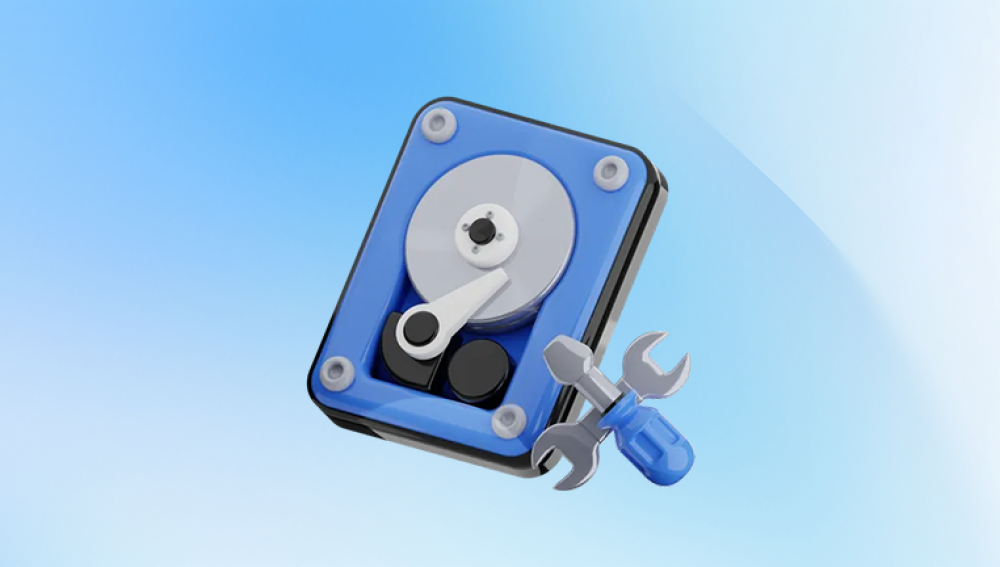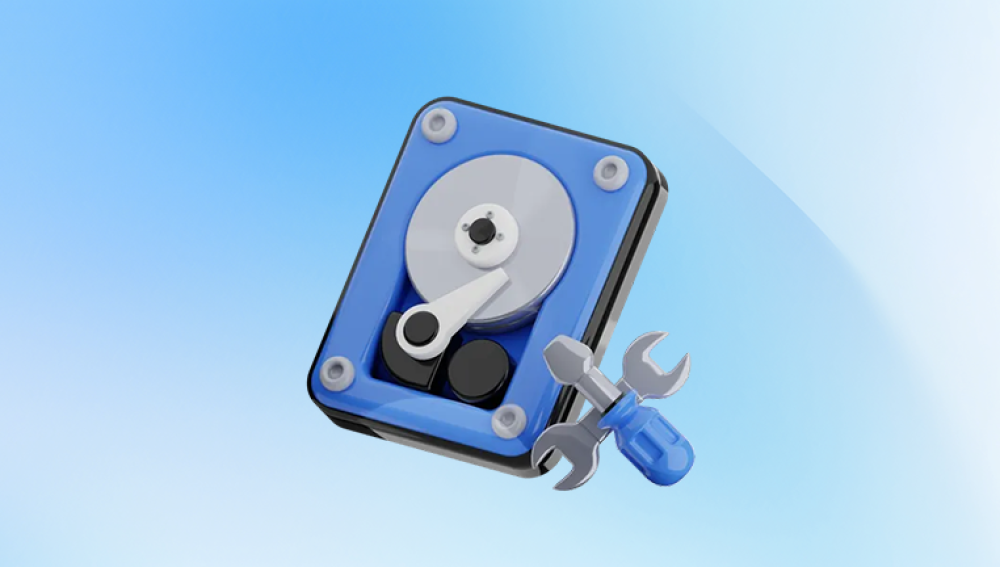Losing data from an external hard disk can be a frustrating experience. Whether it’s due to accidental deletion, formatting, or a sudden hardware failure, the loss of important files can have serious consequences. Thankfully, there are various methods to recover deleted files, ranging from built-in tools to professional recovery software.
1. External Hard Disks
External hard disks are portable storage devices that connect to your computer via USB or other interfaces. They offer a convenient way to store large amounts of data, making them popular for backups and file transfers. Understanding how these devices work is crucial for effective data recovery.
Types of External Hard Disks
HDD (Hard Disk Drive): Traditional spinning disks that offer larger storage capacities at lower prices.
SSD (Solid State Drive): Faster and more reliable than HDDs, with no moving parts, but generally more expensive.
Each type has its own data retrieval challenges, with SSDs typically more difficult to recover from due to their wear-leveling technology.
2. Common Reasons for Data Loss
Before diving into recovery methods, it’s important to understand why data loss occurs. Here are some common reasons:
Accidental Deletion: Files may be deleted unintentionally.
Formatting: A drive might be formatted, erasing all stored data.
Corruption: File system corruption can lead to inaccessible files.
Malware: Viruses or malicious software can delete or corrupt files.
Hardware Failure: Physical damage to the drive can prevent data access.
Recognizing these causes can help you take preventative measures and understand the urgency of recovery.

3. Initial Steps Before Recovery
When you realize that files have been deleted, take the following initial steps:
Stop Using the Drive
Do Not Write New Data: Avoid adding or modifying files on the external hard disk. New data may overwrite deleted files, making recovery more difficult or impossible.
Check the Recycle Bin
Simple Check: Before attempting more complex recovery methods, check your computer's Recycle Bin. If the deleted files are there, you can easily restore them.
Reconnect the Drive
Reconnect: Sometimes, simply unplugging and reconnecting the external hard disk can resolve recognition issues. Ensure that the drive is properly connected and powered.
4. Using Built-in Recovery Tools
Most operating systems come with built-in recovery tools that can help retrieve deleted files from an external hard disk.
For Windows Users
Using File History
Connect your External Hard Disk: Make sure your drive is connected to the computer.
Access File History:
Go to Control Panel > System and Security > File History.
Click on Restore personal files.
Select Files: Browse through the backed-up files. Select the files you want to recover.
Restore Files: Click the green button to restore the selected files.
Using Previous Versions
Right-click the Folder: Navigate to the folder where the files were stored.
Select "Restore Previous Versions": This option will display previous versions of files from restore points or File History.
Choose the Desired Version: Select a version that predates the deletion.
Restore: Click the Restore button to recover your files.
For Mac Users
Using Time Machine
Connect your External Hard Disk: Ensure your drive is connected.
Open Time Machine: Click the Time Machine icon in the menu bar and select Enter Time Machine.
Navigate Through Backups: Use the timeline on the right to navigate to a backup prior to the deletion.
Select and Restore: Highlight the deleted files and click Restore to recover them.
5. Using File Recovery Software
Drecov Data Recovery is an advanced software solution designed to help users recover lost or deleted data from a variety of storage devices, including hard drives, SD cards, USB drives, and more. With its user-friendly interface, Drecov Data Recovery simplifies the recovery process, making it accessible to both tech-savvy users and beginners. Whether you’ve accidentally deleted files, formatted a device, or experienced data corruption, Drecov Data Recovery provides a reliable method to retrieve your important documents, photos, videos, and other files.
Key features include deep scan capabilities that search through your storage for recoverable files, a preview option allowing you to view files before recovery, and support for a wide range of file formats. Drecov Data Recovery also ensures compatibility with both Windows and macOS systems, offering a seamless experience regardless of your device.
6. Using Command Prompt for Recovery
If you are comfortable with command-line interfaces, the Command Prompt can be a powerful tool for recovering lost files.
Steps to Use Command Prompt:
Open Command Prompt:
Press Windows + R to open the Run dialog.
Type cmd and press Enter.
Navigate to Your Drive:
Type the letter of your external hard disk followed by a colon (e.g., E:) and press Enter.
Run CHKDSK Command:
Type chkdsk E: /f (replace E: with your drive letter) and press Enter.
This command scans the drive for errors and attempts to fix them.
Recover Files:
If you suspect that files are hidden or marked as lost, you can use the attrib command. For example, type attrib -h -r -s /s /d *.* to remove hidden and system file attributes.
After running these commands, check the drive for recovered files.
7. Recovering from Backups
If you regularly back up your data, retrieving deleted files can be straightforward.
Check Your Backup Solutions
Cloud Backup: Services like Google Drive, Dropbox, or OneDrive often keep backups of your files. Log into these services to check for recent uploads.
Local Backups: If you’ve been backing up your files to another hard drive or external storage, retrieve the files from there.
Restore Process
Follow the specific restoration process for your backup service to recover your deleted files.
8. Professional Data Recovery Services
If you have tried all the methods above and still cannot recover your files, it may be time to seek professional help.
When to Consider Professional Services
Physical Damage: If your hard disk is making unusual sounds or shows signs of physical damage.
Critical Data Loss: If the deleted files are crucial and you cannot afford to lose them.
Choosing a Data Recovery Service
Research: Look for reputable data recovery companies with positive reviews.
Inquire about Services: Contact them to discuss your specific situation and the types of services they offer.
Cost Estimates: Request a quote, but be prepared for a range of prices depending on the complexity of the recovery.
9. Preventing Future Data Loss
Prevention is the best way to ensure your data remains safe. Here are some strategies:
1. Regular Backups
Automate Backups: Use software to schedule regular backups to both local and cloud storage.
2. Use Reliable Software
Anti-Virus Protection: Install reputable anti-virus software to protect against malware.
3. Handle Devices Carefully
Avoid Physical Damage: Store your external hard disk in a safe place and avoid physical shocks.




